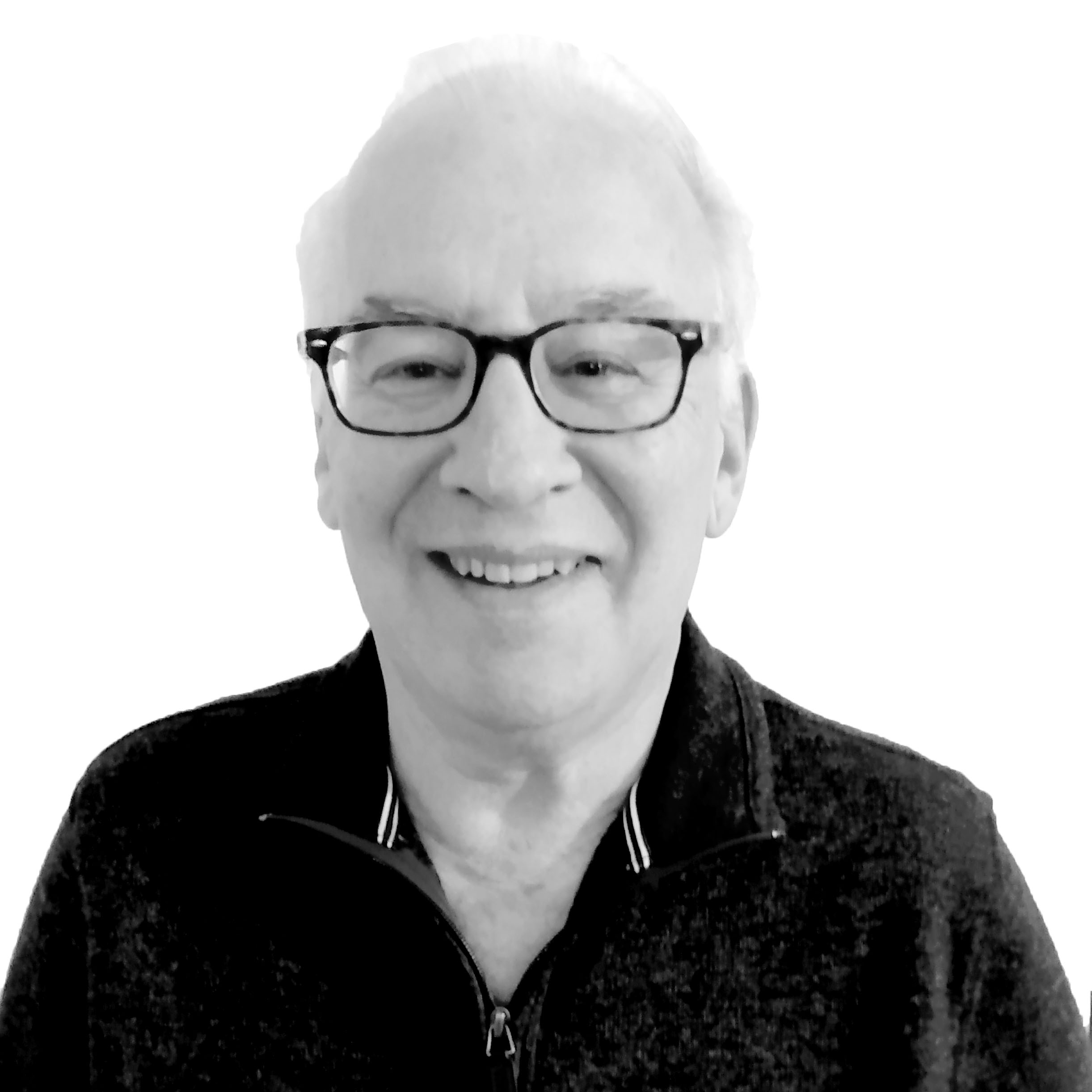Ask Ava DuVernay why the subject of The 13th, her exhaustive and eye-opening new documentary, is the history of mass incarceration in the United States, and the answer refers back to her childhood.
“Growing up in Compton, I felt like there was an atmosphere where the police presence was all over,” says the acclaimed director behind Selma and the new OWN series Queen Sugar. “It felt like an intrusion, and I could feel its harmful effects. It was an oppressive feeling.”
The 13th, which opened this year’s New York Film Festival—the first documentary ever to do so—will be available on Netflix on October 7th. It takes its title from the 13th Amendment to the U.S. Constitution, which abolished slavery and involuntary servitude, except as a punishment for criminal behavior.
DuVernay uses the amendment as a jumping-off point to show how after the Civil War, African-Americans were arrested en masse and used to replace the free labor of the slavery system. This, the film alleges, led to a “mythology of black criminality” which has persisted to this day, and helps explain the fact that, according to the film, even though the U.S. has five percent of the world’s population, it has 25 percent of the world’s prisoners—over 2.3 million people.
DuVernay could have started her story anywhere, particularly the period from the 1970s onward when, thanks to mandatory sentencing laws and other factors, the number of incarcerated Americans, a significant percentage of whom were African-American, grew by leaps and bounds. But DuVernay chose an information-heavy historical method because “I felt that’s where the story wanted to begin,” she says. “The film has so many tangents you can go down to cover the story. I wanted to put it together in a way so that folks can see a different side of the picture. I was looking for an organizing principle, and I thought chronologically.”
So The 13th touches on everything from Jim Crow to the Civil Rights and Black Lives Matter movements. It shows how the rise of “law and order” presidents like Richard Nixon led to the failed (and largely detrimental) war on drugs, along with the Republican “Southern strategy,” which appealed to the racism of Southern white voters. It also zeroes in on the prison industrial complex, which makes big bucks off almost everything involving incarceration, whether it’s food service or exorbitant prison telephone fees.
The point being, says DuVernay, that there are myriad reasons why so many people, many of them non-violent drug offenders, are crowding today’s prisons.
“It was not one thing, not one party, not one President” that got us into this, she says. “It’s the cumulative effect. We are in the midst of this kind of mess that has many layers to it. The simplification of the problem is part of why there is a problem.”
Although the effects of institutional racism weren’t exactly a revelation to DuVernay while making The 13th, one thing that really did surprise her was the influence of the American Legislative Exchange Council (ALEC), a right-wing lobbying group which helped write stand your ground, mandatory minimum and three strikes laws that adversely affect minority populations. “I wasn’t super knowledgeable” about the group, she says, “and that was the part I struggled the most with in the film, trying to explain to people what it was, what it’s done, and what its function was.”
Yet despite the downbeat nature of The 13th, there are glimmers of hope. Malkia Cyril of the Center for Media Justice, one of the people interviewed in the documentary (other subjects include everyone from Angela Davis to Van Jones and even Newt Gingrich), feels that “absolutely, there is movement towards ending mass incarceration.” She cites efforts towards removing racial bias in sentencing, reducing the cost of prison calls, the movement to close youth prisons, and other initiatives. “These things might appear discrete,” she says, “but they have massive impact for prisoners and their families. The fights that for decades have stalled, now are gaining traction.”
DuVernay tends to agree. “The change that needs to happen is in the minds of people who don’t think this is a problem,” she says. “The bottom line is I look at LGBT rights, women’s rights, immigrant rights, there was a time when no one cared, and now people care, and that needs to happen here.”
But whether that change will happen in the next Presidential term is another matter. Cyril, who is still wary of Hillary Clinton because of her reference to gang members as “super predators” back in the ‘90s, feels she is “campaigning on a commitment to end mass incarceration, but I am cautious as to whether her actions will follow her words. Under Trump, mass incarceration will expand.”Adds DuVernay: “I would hope that Hillary would put a dent in this. And Trump would make a difference, but not the difference we’re looking for.”
The bottom line, according to DuVernay, is that whoever the next President is, he or she will need to go into the communities marked by mass incarceration and a militarized police presence and “listen.”
“What’s happened is that folks have gotten in and not listened to the communities that are affected,” she says. “Listen to the formerly incarcerated, and the communities affected.”






